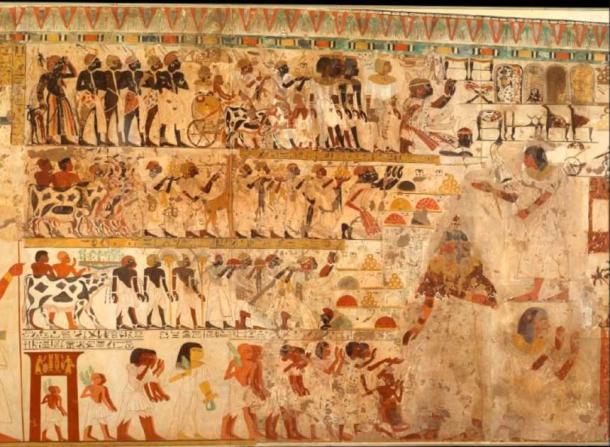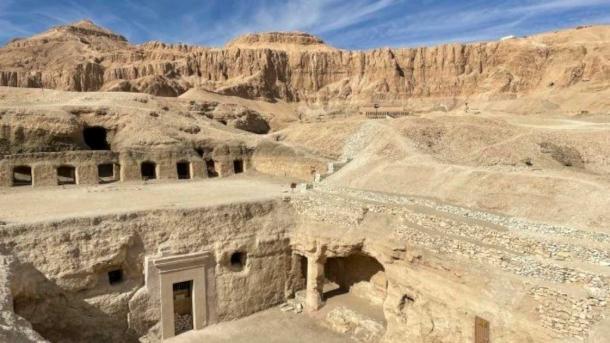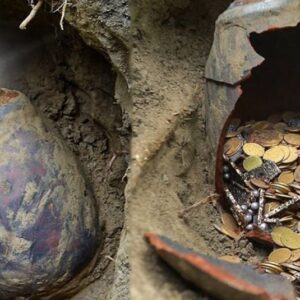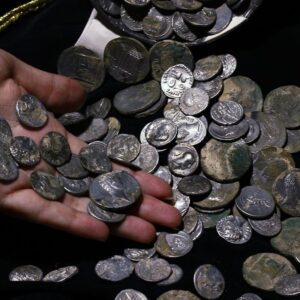During the twelfth year of the reign of the Spanish explorer on an archaeological mission in the mountain citу of Luxor in Egypt, a team of experts discovered a tomb associated with the ancient city of Thebes. Sixty mummies have been found buried in just two tombs! They are connected to the tomb of the vizier Amenhotep Huy, which itself consists of an impressive chapel with 30 columns.
Amenhotep Huy served as a high-ranking official or vizier during the reign of Amenhotep III (1390 BC to 1352 BC) in ancient Egypt’s 18th Dynasty. EFE also shared a short video on popular microblogging site Twitter. Over the last decade and a half, the Vizier Amenhotep Huy Project uncovered an astounding 200 complete mummies!

Martín, leading a mission of 22 Spanish Egyptologists and 8 Egyptian experts, clarified to EFE that the two tombs related to the main tomb of the Vizier Amenhotep-Huy (Assasif No. -28) have been found filled with stripped mummies—more or less complete—and parts of mummies, which testify to the examination of our Egyptologists.
They’ve been buried since the 18th Dynasty and as Martín explains to The Art Newspaper: “In the excavations of two secondary tombs existing in the courtyard of the main tomb of the Vizier Amen-Hotep Huy (Asasif nº -28) have been found stripped mummies—more or less complete—and parts of mummies, which testify to the examination of our Egyptologists. After the examination by anthropologists, what can be gleaned is that these individuals are from the upper echelons of society. Specifically, they belong to families linked directly or indirectly to the royal family’s mummy.”

In fact, after the examination by the team of anthropologists, what is clear is that these individuals are part of the upper echelons of society. Specifically, they belong to families directly or indirectly linked to the royal family’s mummy. In Amenhotep Huy’s team, the 30-column chapel is adorned with sculptures and inscriptions to indicate the difference in burial styles that form a divide between low and high-status individuals. In Amenhotep Huy’s tomb, the 30-column chapel is adorned with sculptures and inscriptions.

A wall painting in the tomb of Amenhotep-Huy in Luxor. (Instituto de Estudios del Antiguo Egipto de Madrid)
They’ve been given access to the burial plots, each with a sarcophagus adorned with a depiction of the god Amun, and are on display in an exhibition at the Luxor Museum, titled ‘Treasures of Minister Amenhotep Huy.’
The current archaeological mission is slated to resume at the beginning of September 2023, under more favorable conditions. The team also plans to restore the vizier’s chapel with the reconstruction of six columns in the interim.





